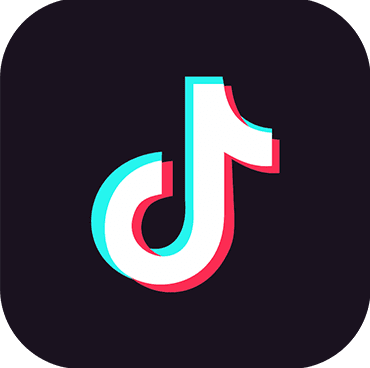The Episode
Intro
This episode features a trio of subjects; two technologies and an app. The common thread is they all have to do with buying or selling things. After listening to the episode you can read on for more info, or to get a refresher.
Non-fungible Tokens (NFTs)
What Is It?
Basically, it’s a line of code in a digital item that uses blockchain to track and authenticate ownership of that item. Because the technology that allows for digital items to be created doesn’t have any built in way to prevent copying, NFTs allow people to prove they have the original item.
For example, I can copy this dunk by Lebron James and store that video on my computer (or in my cloud account). But that copying will not include the token. Which means I can’t prove I own the original digital item. Think of it like a digital trading card.
Besides the NBA, some other people getting into this game are:
- Tom Brady: https://www.cnn.com/2021/04/06/tech/tom-brady-nft-autograph/index.html
- Beeple: https://www.theverge.com/2021/3/11/22325054/beeple-christies-nft-sale-cost-everydays-69-million
- William Shatner: https://shatner.wax.io/
Further Reading
https://www.theverge.com/22310188/nft-explainer-what-is-blockchain-crypto-art-faq
Quick Response Codes (QR)
What Is It?
Unlike NFTs, QR Codes have been around for while. They’re square barcodes akin to the UPC barcodes on the back of, well, pretty much anything you buy. Except maybe fresh fruits and veggies. Where UPC barcodes contain price information, QR codes can contain hyperlinks to websites, email addresses, or phone numbers. You don’t need a barcode scanner, either. iPhones will read them directly in their cameras. Android phones have apps for it.
Paypal’s using them to collect money ropes them into this episode. Before now, QR Codes could send you to an eCommerce Site where you can put in your credit card info and buy something. But it seems Paypal wants to let you pay directly with the code:
Further Reading
- More info on PayPal’s Initiative: https://youtu.be/sLvHol5IQmw
- More info on QR Codes in general: https://www.digitalcitizen.life/simple-questions-what-are-qr-codes-and-why-are-they-useful/
- Create your own: http://goqr.me/
Acorns
What Is It?
It’s a automated investing app, https://www.acorns.com, that, at it’s most basic, allows you to round up your purchases to the nearest dollar and put the difference in an investment account. You link your bank account or debit/credit card to your Acorns account and it’ll round up any purchases you make with the linked account/card. For example, you buy a coffee for $2.42 and Acorns takes $0.58 and invests it for you.
Since neither of you favorite podcasters are financial advisers, we’re going to defer to someone else. Watch the video below for more. But here are our three biggest takeaways:
- Fees are as cheap as $1 per month but not as good as it sounds. Due to things I don’t understand, you’re losing money even if you invest $1000 (see video)
- It’s great for people that aren’t already investing in their future or saving much every month.
- You can’t invest for free sometimes, like with fidelity.
Further Reading
Food for Thought
The first online transaction where the money was exchanged, in the form of a credit card number, was done by Dan Kohn’s site called NetMarket:
On August 11, 1994, Kohn sold a CD of Sting’s Ten Summoner’s Tales album to a friend in Philadelphia, who used his credit card to spend $12.48, plus shipping costs, in a transaction that, for the first time ever, was protected by encryption technology.
Source: https://www.fastcompany.com/3054025/youll-never-guess-what-the-first-thing-ever-sold-on-the-internet-was








